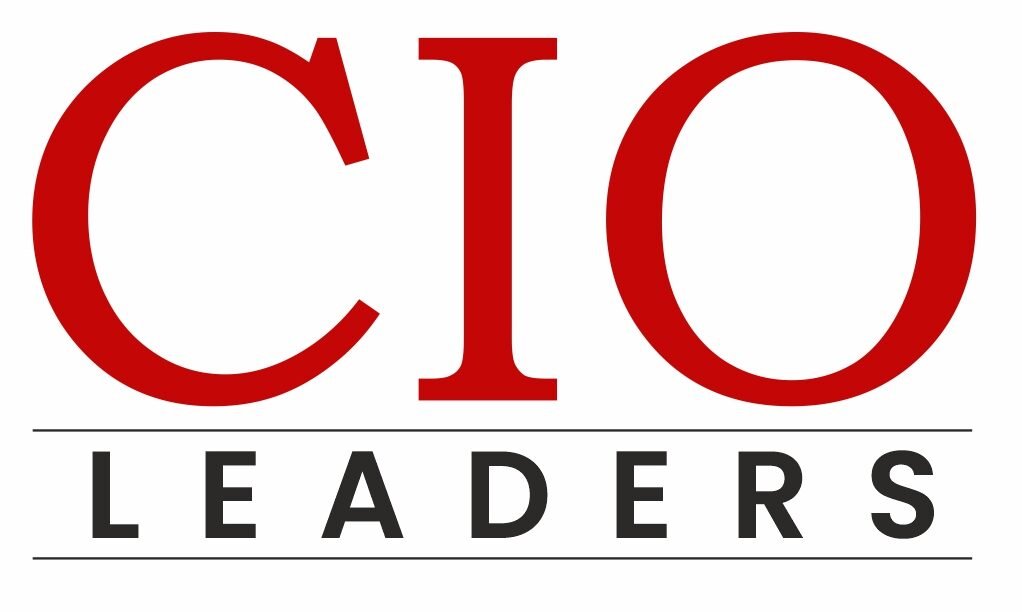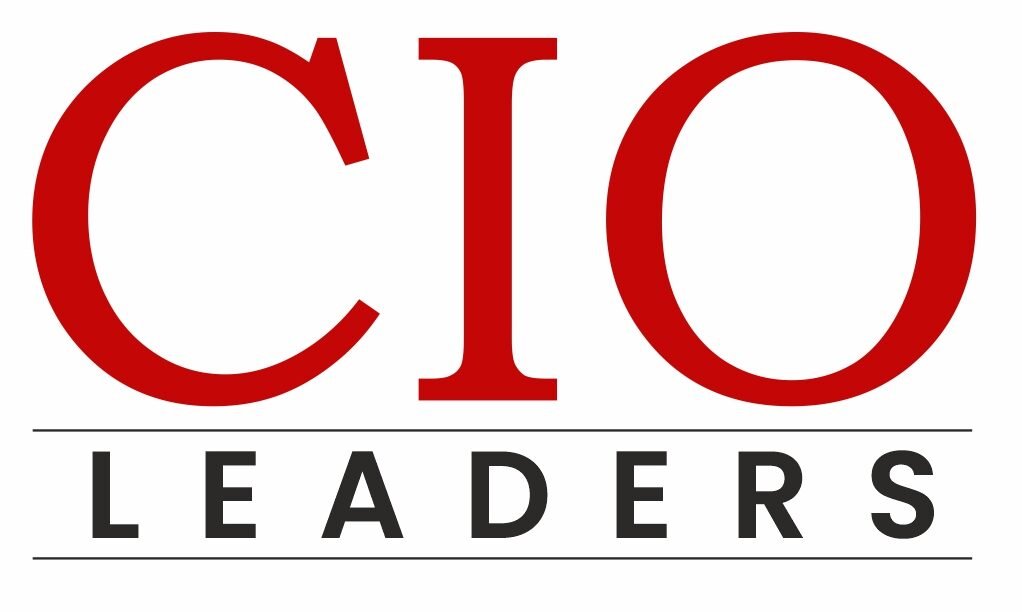In today’s fast-paced, multichannel business world, the HR function has come a long way from its traditional administrative role. No longer a back-office support role, HR is now a star in organizational strategy shaping. Leading the charge are shifting workforce expectations, technological advancements, and growing focus on culture, innovation, and resilience. With companies fighting to stay relevant and nimble, HR leaders are becoming strategic business partners, connecting talent management to long-term strategy and driving business results through people strategies.
The Strategic Repositioning of HR
The evolution of HR as a strategic base of the business did not occur overnight. It is the culmination of an evolving consciousness that employees are not just of the business—but are the business. Talent is currently one of the most important differentiations with fast-paced innovation, and companies that invest in their people function have better engagement, retention, and performance. HR’s position, where it sits at the intersection of leaders, employees, and culture, enables it to drive the strategic direction of an organization directly.
HR executives today are being summoned to the executive suite not only to deal with people issues but to help co-create strategy. They are applying the learning of people analytics, employee engagement, and workforce trends to drive decisions about where the business needs to go and how to get there. It’s foresight-driven, as opposed to crisis- and response-driven decision-making, and HR at the center as they future-proof the workforce and make it more agile.
Driving Culture as a Competitive Advantage
Culture is a strategic tool today, and HR constructs the culture. In high-performing organizations, culture is intentionally crafted to advance business goals, foster innovation, and maintain the values that set the company apart. HR professionals are at the forefront of pushing purpose into the workplace, building inclusive workplaces, and building environments where people can grow and flourish.
Culture has a direct influence on how decisions are made, how risk is taken, and how customers are served. Culture influences behavior throughout the organization. Through the creation of strong cultural foundations, HR ensures that strategy is more than a set of objectives, but rather a way of doing business. Accountability culture, a collaborative culture, and a development culture are all necessary to maintain momentum and inspire the achievement of strategic goals, and HR is critical in developing these qualities. Talent Strategy as Business Strategy
Contemporary HR strategy is irreversibly linked to talent development. Having the right talent in the right location at the right moment can drive an organization’s performance on every dimension. HR is no longer just filling gaps—it is forecasting future needs, matching skills to strategic objectives, and creating routes to develop internal capability.
Through the creation of strong learning and development programs, succession planning, and career architecture, HR makes sure that organizations develop from within. Additionally, a sharp focus on upskilling and reskilling has grown as technologies continue to transform businesses. HR functions are spending money on digital fluency, leader development, and adaptive capability to keep the workforce agile and future-proof.
Championing Change and Transformation
Change is an ongoing situation, and the navigator of change is HR. It may be digital transformation, merger and acquisition, remote working paradigms, or reorganizational restructuring, but in each of these, HR needs to play an active role in orchestrating the people side of change. Transformation is not necessarily new processes and systems; it is changing the mindsets, behavior, and culture.
HR professionals are change agents who determine the “why” behind initiatives, allow leaders to cascade change, and build feedback loops so that improvement can be ongoing. Their presence means that changes are adopted and sustained, not simply deployed. HR in this way guarantees the long-term wellness and flexibility of the organization.
Data-Driven Decision-Making
One of the strongest weapons in the HR strategic toolbox of today is data. Data, thanks to people analytics, has become critical in enabling smarter, faster, and more accurate decision-making. From knowing attrition rates to measuring engagement and productivity, HR leaders are leveraging data to uncover insights that inform policy, advise leadership, and guide investment.
This transition to evidence-based HR enables companies to step away from management by intuition and instead make evidence-driven decisions. By linking people metrics to business performance metrics, HR proves its worth in hard dollars, adding to the bottom line.
The Future of Strategic HR Leadership
As the workforce grows more diverse, remote, and technology-enabled, the HR role will evolve. Next-generation HR leaders will need to combine business savvy with emotional intelligence, technical expertise, and a strong understanding of human behavior. They must be integrators—connecting cross-functional views to drive cohesive strategies that unite purpose, performance, and people.
HR’s presence is no longer limited to hiring procedures and policy documents. It’s felt in every significant business choice, innovation initiative, and customer encounter. As companies will attempt to ride volatility and reap new possibilities, HR’s capacity to steer through empathy, openness, and strategic vision will be more vital than ever.
Read also: The Rise of Digital HR | Empowering Teams Through Automation and Innovation


